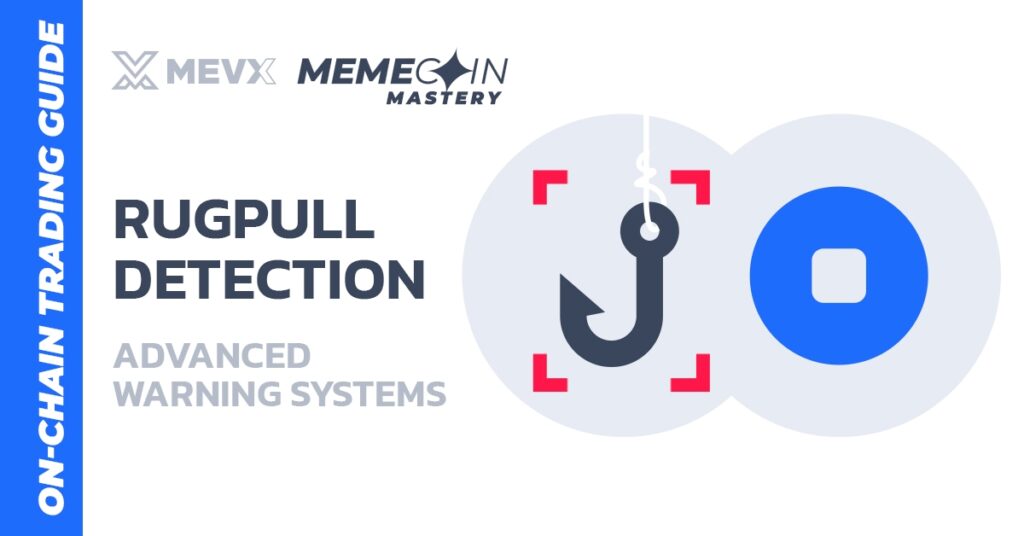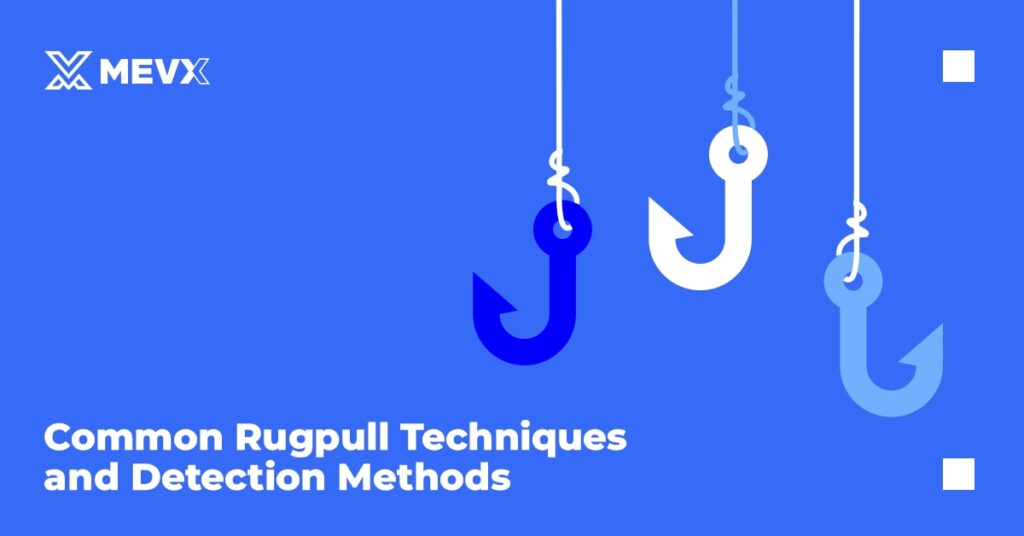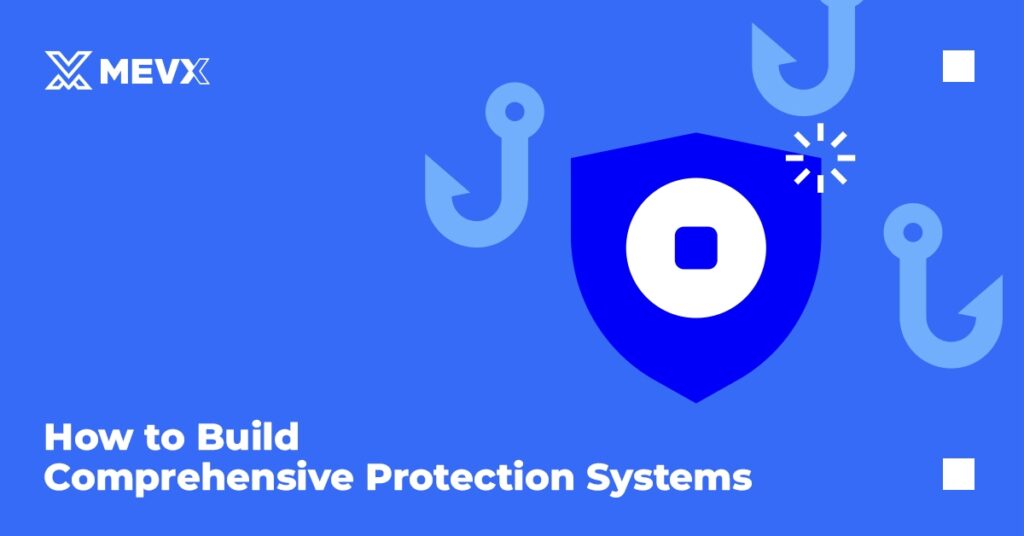Rugpulls represent the most devastating risk in meme coin trading, capable of eliminating entire positions within minutes. While complete prevention is impossible, sophisticated on-chain trading can identify high-risk situations and provide early warning signals that allow for protective action before catastrophic losses occur.

Understanding Rugpull Mechanics
Rugpulls exploit various vulnerabilities in token contracts and liquidity structures. Unlike traditional investment fraud that unfolds over months, crypto rugpulls can execute in seconds, making prevention through early detection systems essential for portfolio protection.
The most effective defense combines proactive contract analysis, continuous monitoring of developer behavior, and automated alert systems that trigger on suspicious on-chain activity.
Understanding the technical mechanisms behind different rugpull types enables you to build comprehensive detection systems.
Common Rugpull Techniques and Detection Methods
Liquidity Removal Rugpulls
- Sudden Liquidity Withdrawal
- Monitor liquidity pool balances in real-time. Legitimate projects maintain consistent liquidity levels or show gradual planned reductions with community notice.
- Sudden large liquidity removals, especially exceeding 20% of total liquidity, warrant immediate attention.
- LP Token Concentration Analysis
- Track the distribution of LP (Liquidity Provider) tokens. When developers hold excessive LP tokens without time locks, they maintain the ability to remove liquidity unilaterally.
- Monitor for LP token concentrations above 50% in team-controlled wallets.
- Multi-Pool Liquidity Monitoring
- Advanced rugpullers distribute liquidity across multiple pools to obscure total extractable value.
- Monitor all DEX pairs simultaneously rather than focusing on the single largest pools.

Contract-Based Rugpulls
- Hidden Function Detection
- Analyze smart contracts for functions that enable token freezing, trading halts, or selective transfer restrictions.
- These functions may remain dormant initially but activate during rug-pull execution.
- Ownership Control Verification
- Monitor whether contract ownership has been properly renounced or transferred to secure governance mechanisms.
- Retained ownership enables various manipulation techniques, including parameter changes and emergency functions.
- Upgrade Mechanism Analysis
- For upgradeable contracts, verify that upgrade mechanisms require proper governance processes rather than single-signature control that enables malicious modifications.
Developer Behavior Analysis
Wallet Activity Monitoring
- Team Wallet Identification
- Map all wallets associated with the development team through transaction analysis and social media connections.
- Monitor these wallets for suspicious activity patterns that may precede rugpull attempts.
- Asset Movement Patterns
- Track how team members manage their token holdings and other crypto assets.
- Sudden large token sales or movement of assets to exchanges often precede rug-pull execution.
- Cross-Project Analysis
- Research team members’ involvement in previous projects and their outcomes.
- Teams with histories of abandoned or failed projects present higher rugpull risks regardless of current project promises.
Communication Pattern Analysis
- Social Media Behavior Changes
- Monitor development team social media activity for changes in posting frequency, tone, or responsiveness to community questions.
- Declining engagement often precedes exit strategies.
- Development Update Frequency
- Track the consistency of project updates and technical progress reports.
- Legitimate long-term projects maintain regular communication, while teams preparing to exit typically reduce update frequency.
- Community Interaction Quality
- Analyze how team members respond to technical questions and community concerns.
- Evasive answers or deflection of important questions may indicate preparation for exit.
Automated Warning Systems
Real-Time Liquidity Monitoring
- Threshold Alert Systems
- Set up automated alerts that trigger when liquidity levels drop below predetermined percentages within specified timeframes.
- Immediate alerts for 10%+ liquidity reductions within 24 hours provide early warning capabilities.
- Velocity-Based Detection
- Monitor the rate of liquidity changes rather than just absolute amounts.
- Rapid acceleration in liquidity removal often precedes complete rug-pull execution.
- Cross-DEX Monitoring
- Implement monitoring across multiple DEXs simultaneously, as sophisticated rugpullers may remove liquidity from smaller exchanges first before targeting major platforms.
Contract Function Monitoring
- Function Call Analysis: Monitor smart contract function calls for suspicious activity, particularly functions related to ownership changes, parameter modifications, or emergency controls.
- Gas Usage Pattern Detection: Unusual gas usage patterns, especially complex transactions with high gas costs, may indicate contract manipulation or preparation for rugpull execution.
- Upgrade Event Tracking: For upgradeable contracts, monitor all upgrade events and analyze new contract code for malicious functions or parameter changes.
Behavioral Pattern Recognition
- Trading Pattern Anomalies: Detect unusual trading patterns that may indicate insider knowledge of upcoming rugpulls, such as large coordinated sales or unusual arbitrage activity.
- Social Sentiment Shifts: Monitor rapid changes in community sentiment that may indicate leaked information about team intentions or discovered vulnerabilities.
- Cross-Token Correlation: Analyze whether similar suspicious patterns appear across multiple tokens from the same team or development group.
Emergency Exit Strategies
Pre-Planned Exit Mechanisms
- Stop-Loss Automation: Implement automated stop-loss mechanisms that trigger on multiple warning indicators rather than simple price movements. This protects against scenarios where rugpulls manipulate prices while maintaining apparent stability.
- Partial Position Management: Establish protocols for reducing position sizes when warning indicators activate, even if complete rugpull evidence remains uncertain. This balances risk reduction with opportunity preservation.
- Liquidity Exit Planning: Identify optimal exit routes and timing based on current liquidity distributions and potential congestion during emergency selling periods.
Rapid Response Protocols
- Multi-Path Selling Strategies: Prepare multiple selling mechanisms, including direct DEX trading, aggregator platforms, and limit orders to ensure execution capability even during high network congestion.
- Gas Fee Management: Maintain sufficient native tokens for high-priority transactions during emergency exits when network congestion may increase transaction costs significantly.
- Communication Channels: Establish rapid communication methods with other traders to share rugpull warnings and coordinate response strategies when individual detection systems trigger alerts.
How to Build Comprehensive Protection Systems
Multi-Layer Detection Framework
- Primary Screening: Implement initial contract analysis and team background checks before any investment to eliminate obvious high-risk projects.
- Continuous Monitoring: Establish ongoing surveillance of all positions through automated systems that monitor liquidity, contract activity, and team behavior.
- Community Intelligence: Integrate with broader trading communities to share warning signals and benefit from collective detection capabilities.

Risk Assessment Integration
- Dynamic Risk Scoring: Develop scoring systems that continuously evaluate rugpull risk based on multiple factors, including contract security, team behavior, and community health.
- Position Sizing Adjustments: Automatically adjust position sizes based on current risk scores, reducing exposure as warning indicators increase.
- Portfolio Diversification: Ensure rugpull protection through diversification strategies that limit maximum loss potential from any single position.
System Maintenance and Updates
- Detection Algorithm Updates: Continuously improve detection systems based on new rugpull techniques and false positive analysis to maintain effectiveness as attack methods evolve.
- Performance Monitoring: Track the accuracy and timing of warning systems to optimize alert thresholds and reduce both false positives and missed detections.
- Community Feedback Integration: Incorporate feedback from the broader trading community about new rugpull techniques and successful detection methods.
Advanced Protection Strategies
Predictive Analysis
- Pattern Prediction Models: Develop models that identify projects likely to attempt rugpulled based on historical patterns and current behavior analysis.
- Timeline Estimation: Attempt to predict approximate timelines for potential rugpull execution based on team behavior patterns and project lifecycle analysis.
- Market Condition Correlation: Analyze how market conditions influence rugpull timing and adjust detection sensitivity accordingly.
Collective Defense Mechanisms
- Information Sharing Networks: Participate in trader networks that share rugpull warnings and detection insights to improve collective defense capabilities.
- Coordinated Response Strategies: Develop protocols for coordinated community responses to suspected rugpull attempts that may help protect broader market participants.
- Educational Initiatives: Contribute to community education about rugpull detection to improve overall market safety and reduce the profitability of rugpull schemes.
Effective rugpull protection requires accepting that some risk remains unavoidable while implementing comprehensive systems to minimize exposure and maximize early warning capabilities.
The goal is not perfect prediction but rather maintaining sufficient defensive measures to preserve capital and continue trading through the inevitable occasional losses that characterize meme coin markets.
Remember that rugpull techniques continuously evolve, requiring ongoing adaptation of detection systems and defensive strategies.
Follow the MevX blog for the next article about on-chain trading.
Share on Social Media:
